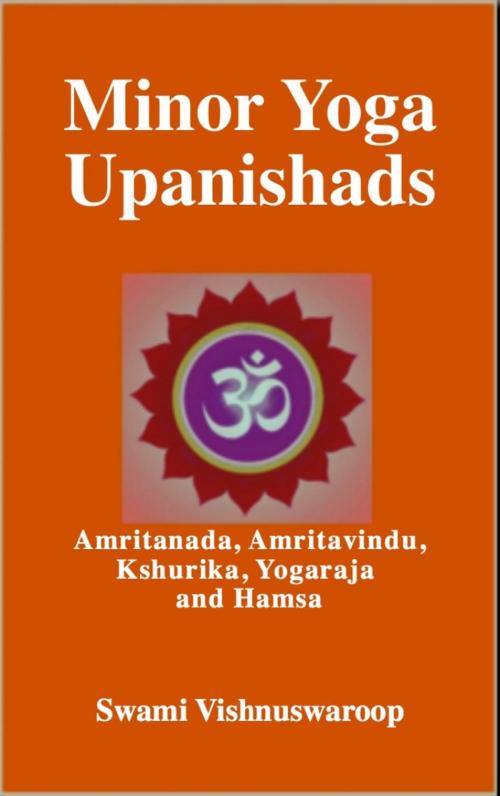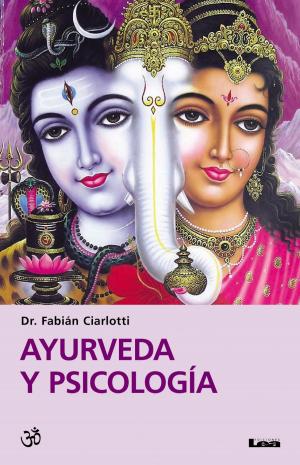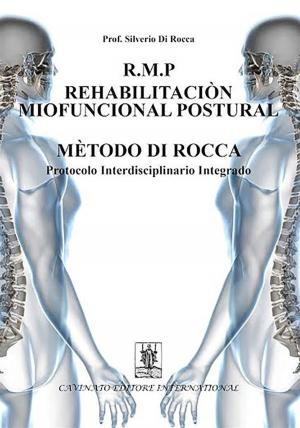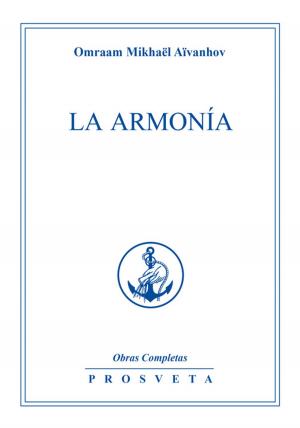Minor Yoga Upanishads
Nonfiction, Health & Well Being, Fitness, Yoga, Health, Alternative & Holistic Health| Author: | Swami Vishnuswaroop | ISBN: | 9781536515022 |
| Publisher: | Divine Yoga Institute, Kathmandu, Nepal | Publication: | June 26, 2016 |
| Imprint: | Language: | English |
| Author: | Swami Vishnuswaroop |
| ISBN: | 9781536515022 |
| Publisher: | Divine Yoga Institute, Kathmandu, Nepal |
| Publication: | June 26, 2016 |
| Imprint: | |
| Language: | English |
About Amṛtanāda Upaniṣad
Amṛtanāda Upaniṣad belongs to Kriṣna Yajurveda. In this Upaniṣad meditation on OM (Oṅkāra) along with the six limbs of yoga - pratyāhāra (withdrawal of senses), dhyāna (meditation), prāṇāyāma (restraint of breath), dhāraṇā (concentration), tarka (discussion, reflection in agreement with the śāstras (scriptures i.e. Vedas) and samādhi are described. Techniques of prāṇāyāma, meditation on the various mātrās (A, U, M, etc.) of OM and the regions of five prāṇas and their colors are described. A sādhaka is guided on how to attain a divine life leading to mośha (liberation). Thus, the major subjects of yoga with its ultimate goal are presented in this Upaniṣad.
About Amṛtabindu Upaniṣad
Of twenty Yoga Upaniṣads, Amṛtabindu is an important Upaniṣadbelonging to Kriṣna Yajurveda. Amṛta bindu literally means a drop of immortal nectar. It contains twenty-two mantras as drops of spiritual teaching which lead to immortality. Even though it is considered as a minor Upaniṣad, the significance of its spiritual teaching is great and important like other Upaniṣads. This Upaniṣad mainly discusses on the nature of the mind, cause of bondage and liberation, meditation on the Parabrahman, etc. and finally, realization of "I am That Brahman or Vāsudeva".
About Kṣurikā Upaniṣad
Kṣurikā Upaniṣad belongs to Kriṣna Yajurveda. There are twenty-five mantras in this Upaniṣad. This Upaniṣad is like a sharp knife to cut off the barriers on the path of the realization of the ultimate truth. Of the eight limbs of the yoga, it mainly discusses on the perfection of dhāraṇā and its results. One should finally reach the spot of Parabrahma where he is able to cut off the bondage of all the karmas and dissolves himself into the Paramātman. This is the teaching of this Upaniṣad. Thus, the practice of dhāraṇā, one of the major components of yoga with its ultimate goal is presented in this Upaniṣad.
About Yogarāja Upaniṣad
This Upaniṣad belongs to yoga. Of the twenty Yoga Upaniṣads, it is an excellent yoga Upanishad. This is why this Upaniṣad is called Yogarāja. The theoretical aspect of yoga is described in detail in a simplified way in twenty-one verses. First of all, the four yogas - Mantrayoga, Layayoga, Rājayoga and Haṭhayoga are mentioned. Then the four limbs of yoga dhyāna, samādhi etc. are explained. Again, the nine cakras (psychic centers) and the process of meditation on cakras are described.
About Haṃsa Upaniṣad
This Upaniṣad belongs to Sukla Yajurveda. It is presented in the form of dialogue between Ṛṣi Gautama and Sanatkumāra. Sanatkumāra imparts the knowledge of Brahmavidyā to Ṛṣi Gautama which was heard by Goddess Pārvati from Lord Śiva. It is said that the Haṃsa in the form of Jīvātmā exists in all beings. The six cakras should be penetrated to attain it. It is said that nāda is produced by meditating on Haṃsa. Thus the various forms of nāda are experienced. Realization of Brahman is its supreme goal. It is also called the state of samādhi.
About Amṛtanāda Upaniṣad
Amṛtanāda Upaniṣad belongs to Kriṣna Yajurveda. In this Upaniṣad meditation on OM (Oṅkāra) along with the six limbs of yoga - pratyāhāra (withdrawal of senses), dhyāna (meditation), prāṇāyāma (restraint of breath), dhāraṇā (concentration), tarka (discussion, reflection in agreement with the śāstras (scriptures i.e. Vedas) and samādhi are described. Techniques of prāṇāyāma, meditation on the various mātrās (A, U, M, etc.) of OM and the regions of five prāṇas and their colors are described. A sādhaka is guided on how to attain a divine life leading to mośha (liberation). Thus, the major subjects of yoga with its ultimate goal are presented in this Upaniṣad.
About Amṛtabindu Upaniṣad
Of twenty Yoga Upaniṣads, Amṛtabindu is an important Upaniṣadbelonging to Kriṣna Yajurveda. Amṛta bindu literally means a drop of immortal nectar. It contains twenty-two mantras as drops of spiritual teaching which lead to immortality. Even though it is considered as a minor Upaniṣad, the significance of its spiritual teaching is great and important like other Upaniṣads. This Upaniṣad mainly discusses on the nature of the mind, cause of bondage and liberation, meditation on the Parabrahman, etc. and finally, realization of "I am That Brahman or Vāsudeva".
About Kṣurikā Upaniṣad
Kṣurikā Upaniṣad belongs to Kriṣna Yajurveda. There are twenty-five mantras in this Upaniṣad. This Upaniṣad is like a sharp knife to cut off the barriers on the path of the realization of the ultimate truth. Of the eight limbs of the yoga, it mainly discusses on the perfection of dhāraṇā and its results. One should finally reach the spot of Parabrahma where he is able to cut off the bondage of all the karmas and dissolves himself into the Paramātman. This is the teaching of this Upaniṣad. Thus, the practice of dhāraṇā, one of the major components of yoga with its ultimate goal is presented in this Upaniṣad.
About Yogarāja Upaniṣad
This Upaniṣad belongs to yoga. Of the twenty Yoga Upaniṣads, it is an excellent yoga Upanishad. This is why this Upaniṣad is called Yogarāja. The theoretical aspect of yoga is described in detail in a simplified way in twenty-one verses. First of all, the four yogas - Mantrayoga, Layayoga, Rājayoga and Haṭhayoga are mentioned. Then the four limbs of yoga dhyāna, samādhi etc. are explained. Again, the nine cakras (psychic centers) and the process of meditation on cakras are described.
About Haṃsa Upaniṣad
This Upaniṣad belongs to Sukla Yajurveda. It is presented in the form of dialogue between Ṛṣi Gautama and Sanatkumāra. Sanatkumāra imparts the knowledge of Brahmavidyā to Ṛṣi Gautama which was heard by Goddess Pārvati from Lord Śiva. It is said that the Haṃsa in the form of Jīvātmā exists in all beings. The six cakras should be penetrated to attain it. It is said that nāda is produced by meditating on Haṃsa. Thus the various forms of nāda are experienced. Realization of Brahman is its supreme goal. It is also called the state of samādhi.















